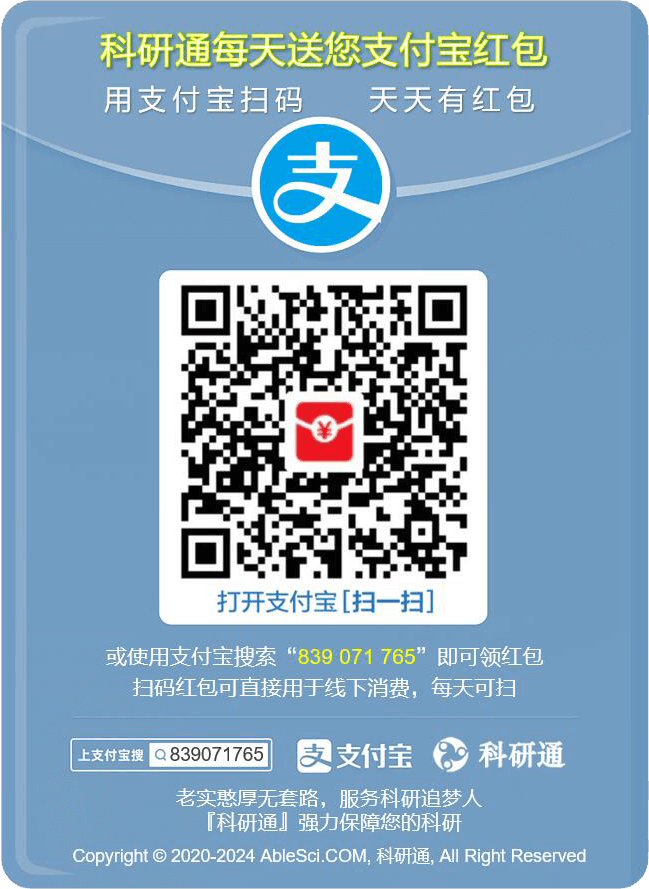医学
布苏尔班
梅尔法兰
移植
内科学
依托泊苷
环磷酰胺
造血干细胞移植
噻替帕
多发性骨髓瘤
无进展生存期
卡莫司汀
养生
全身照射
肿瘤科
化疗
泌尿科
外科
作者
Michael Styler,Pamela Crilley,Maneesh Jain,Kristine Ward,David Topolsky,David Cho,Marc Kim
出处
期刊:Blood
[American Society of Hematology]
日期:2015-12-03
卷期号:126 (23): 2001-2001
标识
DOI:10.1182/blood.v126.23.2001.2001
摘要
Abstract Introduction: Autologous stem cell transplantation after high dose chemotherapy has been shown to increase survival in patients with multiple myeloma. Studies have shown prolongation of median overall survival by 12 months. The standard conditioning regimen is high-dose Melphalan (HDM) at a dose of 200 mg/m2. Melphalan was shown to be superior to Thiotepa when given with total body irradiation. Other regimens include high dose Carboplatin with Etoposide and Cyclophosphamide or Cyclophosphamide, Carmustine and Etoposide. No regimen has shown marked superiority over others. Patients of I. Brodsky Associates at Hahnemann University Hospital were treated with autologous transplant with either high-dose Melphalan (HDM) or Busulfan and Cyclophosphamide (BuCy) as the conditioning regimens. To date, no studies comparing these two preparative regimens have been published. Thus the purpose of our chart review was to compare progression free survival of the two regimens. Hypothesis: The objective of the study is to determine if there is a difference in progression free survival and side effects in autologous stem cell transplant patients receiving either Melphalan or Busulfan and Cyclophosphamide as conditioning regimens. Methods: This study is a retrospective chart review of 94 patients, who underwent HSCT for multiple myeloma at Hahnemann University Hospital between December, 1989 and March, 2012. 47 patients received BuCy (Busulfan 16mg/kg and Cyclophosphamide 120mg/kg) and 49 patients received Melphalan 200 mg/m2. The primary end points were progression free survival (PFS) at 6 months, one year and overall PFS. Data was analyzed using the Kaplan Meier method with the WINKS SDA6 statistical software. Survival curves were compared using the Mantel-Haenszel comparison. Secondary study endpoints included safety profile. Results: Median age was 56 and 60 for the BuCy and HDM groups, respectively. The BuCy group had 68% males while the HDM group had 53% males. Patients in both groups received peripheral stem cell transplants with the exception of 4 in the BuCy group who had bone marrow transplants. As compared with BuCy, HDM treatment increased median progression free survival (37.3 vs. 18.1 months; P=0.014). There was a significantly higher rate of 6 month progression free survival (94% vs. 75%; P=.011) and 12 month progression free survival (82% vs 57%; P=0.006) in the HDM group compared to the BuCy group. The safety profile was as follows comparing BuCy and HDM, respectively: Moderate/severe mucositis (55% vs 48%), VOD (2 of 49 vs 1 of 47), hemorrhagic cystitis (2 of 49 vs. 1 of 47), infection within 100 days of transplant (28% vs 18%), mean peak T. Bilirubin ( 0.75 vs. 0.89), mean peak Alkaline phosphatase (127 vs. 90), mean peak AST (37.5 vs. 35), mean peak Cr (1.0 vs 1.2), mean days to ANC of 1000 (11.9 vs. 12.5), mean days to platelets > 20K (11.3 vs. 9.9), mean days to platelets > 50K (13.5 vs. 12.9). Conclusion: Our study showed that median progression free survival was longer with the HDM group compared to the BuCy group overall and at 6 and 12 months. Overall, patients treated with HDM had a median improvement in DFS of 1.5 years (37.3 months vs. 18.1 months, p=0.014). This data supports the use of HDM as the effective first line regimen for high dose chemotherapy and autologous stem cell transplant for patients with multiple myeloma. A limitation to our study is incomplete data regarding maintenance therapy post-transplant for the two groups. There was one patient in the BuCy group who relapsed at 236 months. Such prolonged disease free survival was not apparent in the HDM group but the median time to follow up for BuCy is longer by up to 13 years. BuCy was associated with more infections and more severe mucositis, while metabolic and hematologic toxicities were similar in both groups. Disclosures No relevant conflicts of interest to declare.
科研通智能强力驱动
Strongly Powered by AbleSci AI
